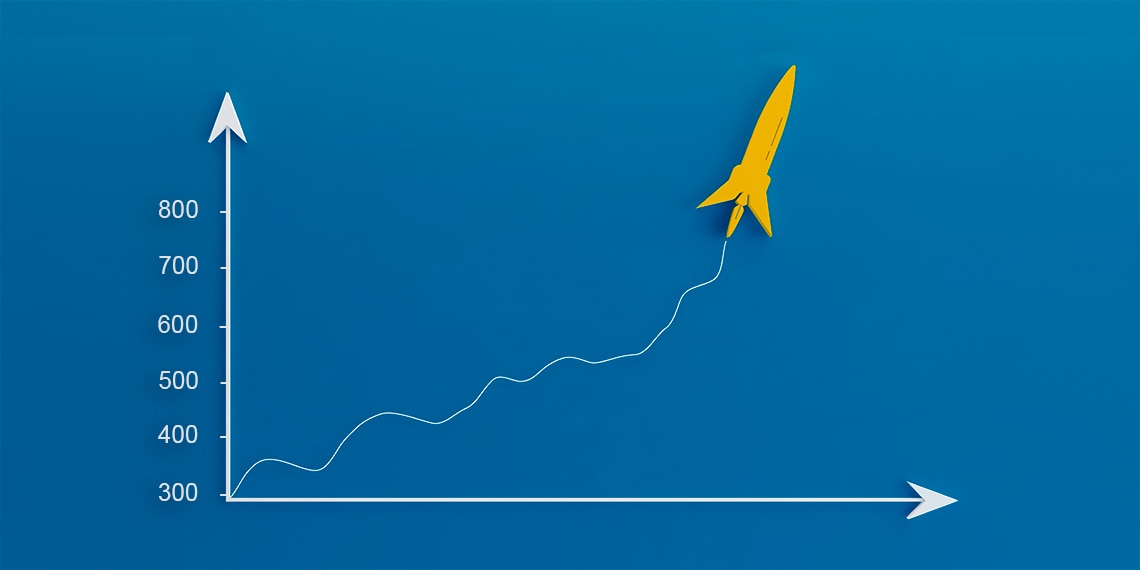
The FICO credit score, which was introduced by the Fair Isaac Corporation in 1989, has become a seemingly universal measure of the creditworthiness of an individual. Thirty years after its launch, the score is used in more than 25 countries to rate billions of people. While your personal FICO score may not come up in day-to-day life, you will likely encounter it when you open a credit card, get a car loan or apply for a mortgage. Lenders of all stripes lean on FICO as the standard to tell them whether or not you’re a good risk. In short, if you have a higher FICO score, you’re more attractive to lenders.
But the thing about FICO is that the calculation has evolved over the years. As more data about your debts becomes readily accessible to FICO, the score has evolved at least nine times. Now, every monthly payment you miss or pay is recorded and used, almost in real time, to create your score.
What’s A Good Credit Score?
According to the Fair Isaac Corporation, the ranges of FICO scores are:
Exceptional
800+
Very Good
740–799
Good
670–739
Fair
580–669
Poor
<580
The average FICO score is 704.
A Boost for So-So Credit Scores
If you’re concerned that you have average or below average credit, the good news is your credit score may get a boost thanks to the newest version of the score. Called “UltraFICO,” it is designed to allow consumers without stellar credit to receive extra points based on what they call “indicators of responsible financial behavior,” including the way that you save money. It rolls out in 2019.
If your credit score is in the 500 to 600 range, you could see an increase of 20 points or more under the new calculations, if you meet some of the other criteria. Here’s what to do to benefit from the new rules:
1
Save Your Cash. For the first time, having a consistent amount in your checking and savings accounts can help you get a better credit score. Having at least $400 in savings and no negative balances for three months will now improve your score.
2
Keep Your Bank. Maintaining a long-term bank account can help show companies a degree of financial stability.
3
Pay Your Bills on Time. Although paying a bill a few days late might not adversely impact your credit score, paying on time will now definitely help boost it.
4
Avoid Negative Balances: If you don’t overdraw your bank account, you will be demonstrating that you are responsible and able to handle the benefits of having more credit offers.
Having more credit than you are using is also a good idea—as is keeping open your oldest credit card and not opening too many credit accounts in a short period of time. If you see a boost in your credit score due to UltraFiCO, remember that your score could also change quickly if you immediately use your new score to get a new credit account and max it out.
So while the new score may help you boost your score quickly, it also keeps closer tabs on your behavior. And while you will receive more credit for being responsible, the downsides are also just as real.
Marc Boucai, PhD, is a freelance writer based in Los Angeles who writes about economy, culture, community, identity and media. Their work has appeared on the The Billfold, Art F City and other sources.
Read about the 5 Money Mistakes People Make in Their 20s and 30s—and How to Avoid Them.

